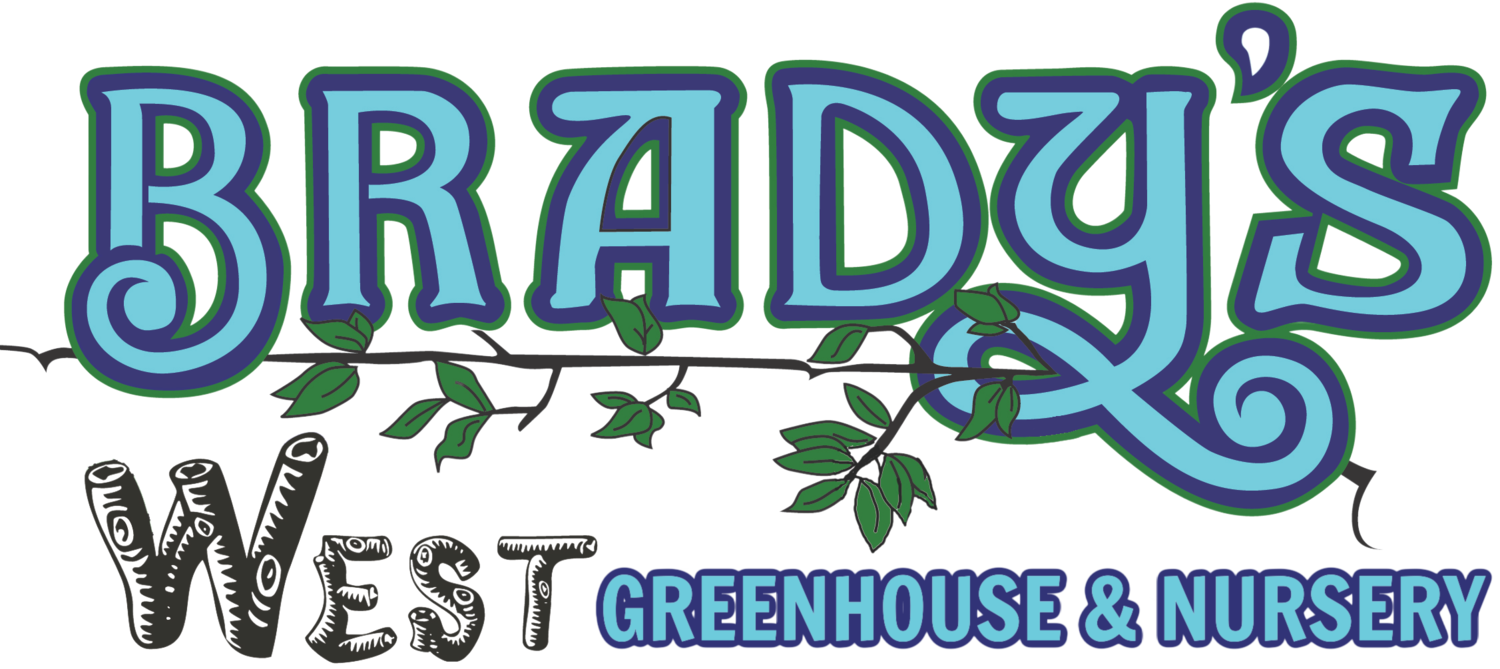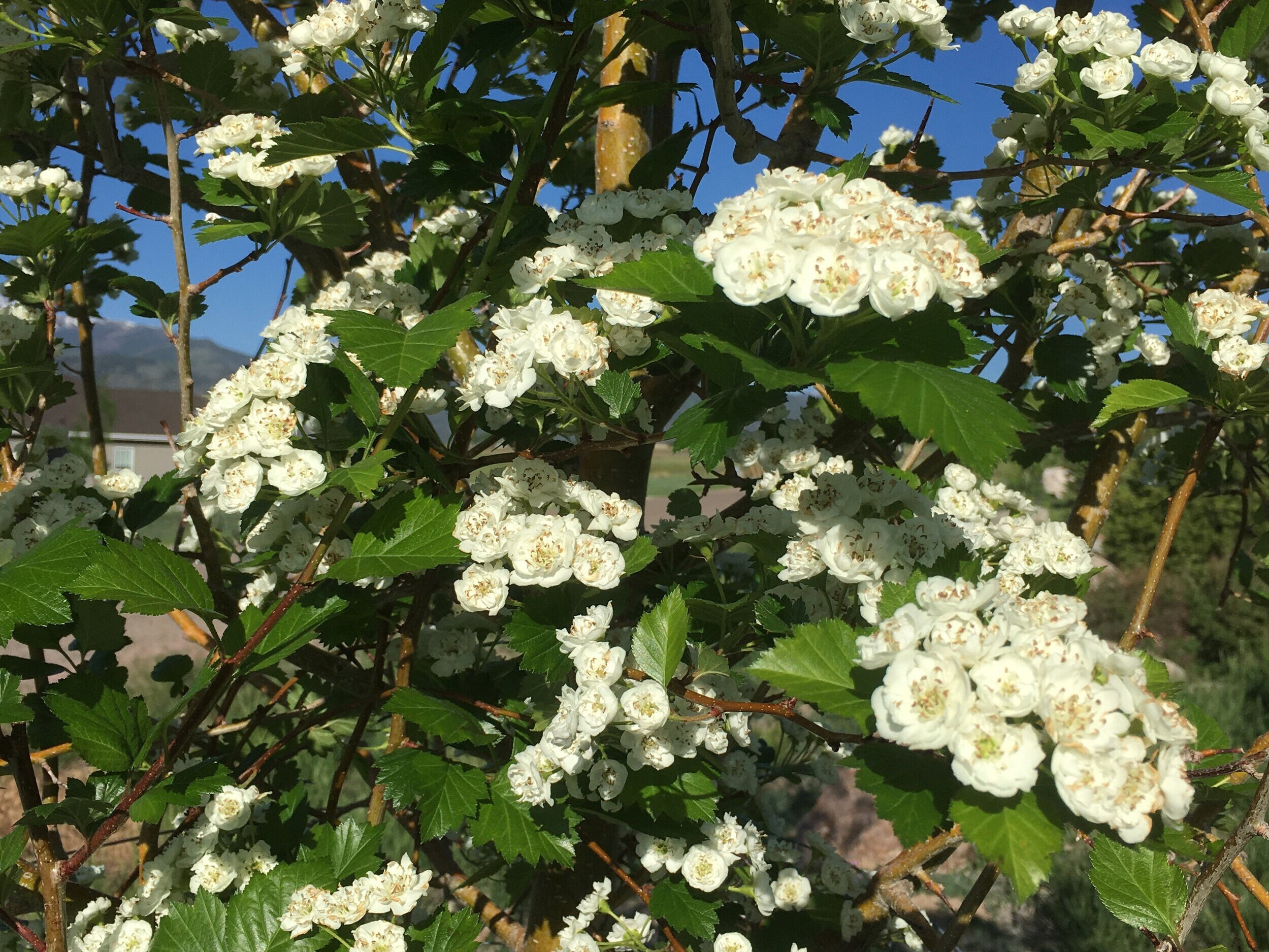Before You Buy Your Tree…
Whether you are landscaping the entire yard of your new house or simply looking to fill a “hole” in the yard in need of a tree, there are several important matters to take into consideration before buying a tree:
Purpose—what role do you want the tree or trees to play in your yard? Are you looking for a “specimen” tree, which will serve as a focal point, or are you interested in several trees to form a privacy screen? Are you looking to add some permanent color year-round or are you wanting to add some spring and fall color to your yard? Or both?
Location—Understanding what you hope to accomplish by planting y your tree/trees goes hand-in-hand of knowing where to plant them. Wherever you decide to plant, it is important to envision what the tree or trees will look like when they reach their mature size. For example, the 6’ foot Blue spruce you plant today will, in 5 years be almost twice as tall and as wide as it was when you planted it. Will the space you have mind accommodate such growth, or will the tree crowd out shrubs and other trees in the yard? Will it block your views from windows?
Size—A common mistake that many people make when landscaping their yard is that they forget the tree is going to grow and keep growing for many years to come. Thus, with each passing year, this growth is going to impact the looks and feel of your yard. Take into consideration both the mature height and width of the tree when you envision what you hope your yard to look like not just now, but in the years to come. Several years from now, the tree(s) could block your view out a favorite window or crowd out other plants in your yard.
Type—Do you want an evergreen (conifer) like a Ponderosa Pine, a shade tree like a Box Elder, or an ornamental tree like a Crabapple? Try to envision how each of these different kinds of trees will impact the look and feel of your yard. At Brady’s West, you can chose conifers, shade, and ornamental trees of all sizes and shapes. So you may be interested in a conifer, but you don’t have the room for a Blue Spruce, which will reach a mature height of 60’ and a width of 30’. What may work for you is a smaller conifer such as Baby Blue Eyes Spruce, which grows to be only 15’ high and 8-12’ wide.
Color—Do you want your tree to provide year-round color or provide color during the spring and fall? Conifers, being evergreen all year round provide a constant source of color even in winter. In contrast, deciduous trees, such as the Canadian Chokecherry, provide colorful blooms in the spring and crimson leaves throughout the growing season. Other trees, like aspen and maples, provide brilliant fall colors.
Water—A very important question to ask is “How am I going to water this tree?” Will the tree be planted close to the house or far away—how easy will it be to get water to it? You’re going to want to have a plan for watering in mind before your purchase your tree(s). The simplest and easiest way to get water to your tree(s), or for that matter, any plant in your yard, is by using a drip system. A drip line is easy to install and automatically takes care of all of your watering needs without you having to do anything once the system is set up (other than to occasionally check to make sure that the system is working properly).
Planting—Who is going to plant the tree for you? If you buy a balled and burlapped tree, you almost certainly will have to have someone plant it for you, or at least help you, because the tree is both very heavy (sometimes 300-400 pounds) and awkward to handle. Special equipment is often needed to dig the hole and then to lift the tree into the hole. If you buy a containerized tree, which is not nearly as heavy or as awkward, then planting is not quite so challenging. However, keep in mind that you have to be physically capable of digging the hole properly as well as knowing the steps involved in proper planting. If you’re willing to take the task on, but aren’t familiar with these steps, just ask us and we’ll be glad to give you some basic instruction.
Purpose
How do you want your new tree(s) to impact the visual appeal of your landscaping? Do you want a tree that “pops” with color in the spring? Want to provide shade during the summer? Wish to dazzle passersby with fall colors? Want something that stays green year-round? Wish to have a huge tree to serve as a focal point or smaller ones to accent your home or yard? Some combination of these factors? These are the sorts of questions you should ask yourself when thinking about adding trees to your yard.
Location
It is important that you let the location you have available for planting your tree determine the kind and size of tree you buy. It is better to buy a tree that will truly accentuate the space rather than a tree that will outgrow or, or buy several trees that will crowd each other out.
Size
The kind of space you have around your home will dictate the size and shape of the trees you can plant in your yard. Remember that that the 6’ spruce you plant today will grow to be much much larger than that in the years to come. So when you think about planting a tree, take into consideration not only the nature of the space you have available now, but also how that tree will occupy that space as it grows to maturity.
Type
When you visit us at Brady’s West, you will see that we have literally have the entire range of trees that will grow at 7,000’ and above. Combine that with the fact that trees vary tremendously in size and qualities such as drought tolerance, deer resistance, and color, the choices are mind boggling! Thus an open mind with regard to these factors is essential in making the choice that is right for your yard.
Color
Because trees are usually the most prominent features of a landscape, their ability to offer color to the visual appeal of a yard is a key consideration regarding which trees you might want to plant on your property. Keep in mind these four factors: spring color, summertime color, fall color, and year-round color. Many of the most visually appealing yards are those that have trees that provide different colors across the seasons.
Water
An important question to ask yourself before buying is “How am I going to get water to my tree?” You could water it by hand or bucket, let your lawn sprinklers to the job , or you could install a drip system. A drip system is by far superior to the other two methods. Watering by hand is time consuming and using sprinklers to water a tree simply doesn’t work well. A drip system guarantees just the right amount of water will be consistently delivered to your tree without you having to be there.
Planting
Digging a hole for your tree in the types of soils we have in our area is no easy task, so you’ll need the right tools for the job. B & Bs require a large hole, so equipment like an auger or a back hoe work well. Containerized trees can be planted by hand, which will require a shovel and a pick or post hole digger. However, in place of a pick or post hole digger, many of our customers have found that a breaker-bar works much better in digging through rocky or hard-packed soil.
Come See Us!
Choosing the right tree for your yard, planting it, and caring for it involves lot of decisions throughout the process. If you have any questions or concerns about choosing the best tree for your yard, getting it successfully in the ground, and taking good care of it throughout it’s lifetime—we are here for you. Drop by the nursery, and we’ll make sure you have all of your questions answered by the time you’re ready to head back home. We absolutely love helping our customers beautify their yards.








